
 Abu Dhabi National Oil Company (ADNOC) has announced a US$1.17bn contract for the hire of thirteen self-propelled jack up barges to drive offshore operational efficiencies and support the expansion of its crude oil production capacity to five million barrels per day (mmbpd) by 2030.
Abu Dhabi National Oil Company (ADNOC) has announced a US$1.17bn contract for the hire of thirteen self-propelled jack up barges to drive offshore operational efficiencies and support the expansion of its crude oil production capacity to five million barrels per day (mmbpd) by 2030.
The five year contract was awarded by ADNOC Offshore to ADNOC Logistics and Services (ADNOC L&S). Over 80% of the award value will flow back into the UAE’s economy under ADNOC’s In-Country Value (ICV) programme, supporting local economic growth and diversification.
The 13 self-propelled jack up barges are multi-purpose assets that enable rig-less operations and maintenance with single point responsibility proved by ADNOC L&S, enabling efficiencies. The barges, which will be deployed across ADNOC’s offshore fields, are equipped to support a wide scope of operations, including project work, maintenance and accommodation.
Ahmad Saqer Al Suwaidi, ADNOC Offshore CEO, said, “This significant award to ADNOC L&S will help deliver our production capacity expansion in the offshore and directly support ADNOC’s strategic growth objective of 5 million barrels of oil production capacity by 2030. ADNOC L&S have a proven track record in the industry and their best in class expertise, together with the ready availability of the self-propelled jack up barges, will help us drive efficiencies and flexibility while cementing ADNOC’s position as a leading low cost and low carbon energy producer. Critically, the award enables very high ICV, which can stimulate new business opportunities to support the growth and diversification of UAE’s economy.”
Speaking on the contract, Captain Abdulkareem Al Masabi, ADNOC L&S CEO, said, “We are extremely proud to continue the decade’s long relationship between ADNOC Offshore and ADNOC L&S. We are committed to continuing to seize growth opportunities and deliver more value to ADNOC and this announcement is another milestone in that journey.”
The self-propelled jack up barges will be hired along with manpower and equipment. The barges will be utilised for rig-less well intervention and pre- and post-drilling operations, as well as for topside maintenance and integrity restoration activities at our offshore assets.
All requirements of the services have been unified in line with ADNOC’s approach of centralising procurement and operational logistics management. This provides ADNOC Offshore and its strategic partners with operational flexibility while enabling cost efficiencies and single point responsibility by ADNOC L&S.
The award underpins the continued investment and development at ADNOC Offshore and ensures the responsible acceleration of growth and greater value for the UAE, ADNOC and its strategic partners.
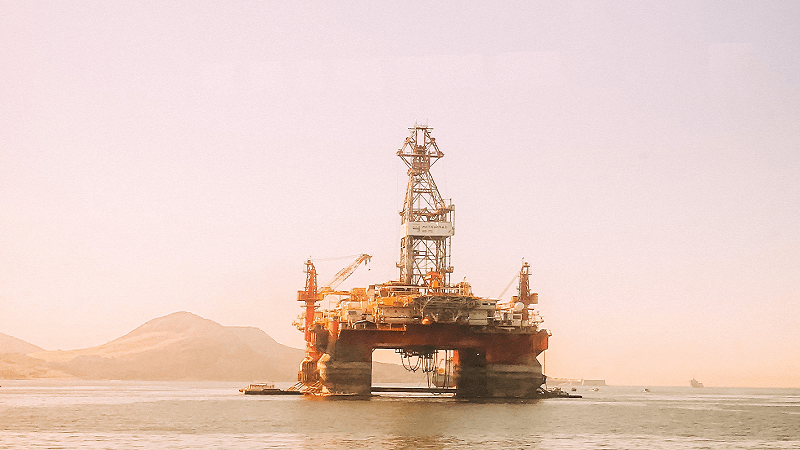

During the forthcoming Offshore Well Intervention Latin American 2022 (OWI LATAM) conference, held in Rio, Brazil, Joao Batista, Wells Technology R&D Manager at Repsol Sinopec Brasil, will hold a session discussing the new Economical Technologies in the region.
Attendees will discover the innovative new technologies within the decommissioning and intervention space that they are encouraged to implement within their own well work.
As well as this, the detailed sessions will dig into recognising the challenges of deepwater technology development in Brazil and work to build a plan to bridge the gaps between knowledge and technology.
Batista will then review the Brazilian O&G ecosystem compared to the ANP levy funds in order to best navigate the activity in the region.

OWI LATAM returns for its third year on 18-19 October and will feature presentations from a number of world-leading experts within the oil and gas community as well as the opportunity to come together and collaborate with renowned global well intervention companies.
To view the full programme click here:
https://www.offsnet.com/latam/conference-brochure
Or reach out to the details below:
Rachael Brand
Project Manager
T: +44 (0) 20 3409 3041
e:
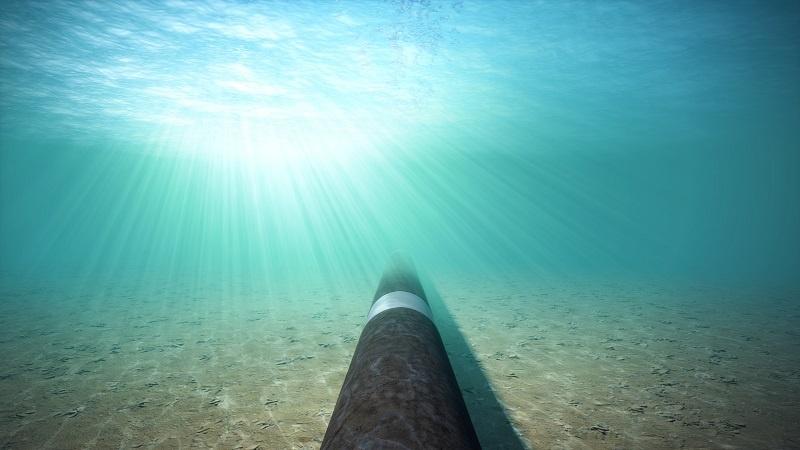

Baker Hughes is set to acquire Quest Integrity, a subsidiary of Team, Inc. and a global leader in the development and delivery of technology-enabled asset inspection and reliability management solutions across the pipeline, refining, petrochemical and power generation sectors.
Baker Hughes’ asset integrity solutions include pipeline inspection services that detect, characterise, locate and size anomalies in the wall of a pipeline that might potentially compromise its integrity. Quest Integrity’s technology will expand this capability to support ‘difficult-to-inspect’ pipelines where the construction or operation of the line does not allow for conventional inline inspection methods to yield reliable results.
The acquisition includes Quest Integrity’s Invista and Furnace Tube Inspection (FTIS) technology. Invista enables new inspection capability that extends across pipelines, marine loading lines, petrochemical, chemical, refining, power, utility and other industrial segments and facilities, such as airports. FTIS technology applies the same principles to enable the inspection of heater coils, a critical component in furnaces, detecting issues with corrosion and deformation for customers in the petrochemical and refining industries.
Quest Integrity also brings significant engineering expertise, with a focus on conducting critical assessments to deliver actionable insights and verify asset integrity across a diverse range of industrial assets such as pipelines, pressure vessels, tanks, and turbine blades.
Rami Qasem, Executive Vice President of Digital Solutions at Baker Hughes, commented, “The acquisition of Quest Integrity marks another step in Baker Hughes’ commitment to help customers ensure their asset infrastructure is safe and reliable and demonstrates how we continue to invest for growth in this area. Today’s announcement strengthens Baker Hughes’ unique capability to bring holistic industrial asset management services to our customers.”
The acquisition is expected to close in Q4 of 2022 and will be integrated into the Process & Pipeline Services product line within Baker Hughes’ Digital Solutions segment.


Well-Safe has awarded a contract to Trendsetter Engineering for the utilisation of the Trident Intervention System and technical services for abandonments in the UK, North Sea.
The system will be deployed from the Well-Safe Guardian rig to conduct a multi-well P&A campaign for an estimated 320 day duration.
Trendsetter owns and operates five 15,000 psi subsea intervention systems for hydraulic, riserless light well and intervention riser-based operations. Their flagship intervention system, TRIDENT, utilises advanced technologies to provide high-spec capability in a lightweight and modular package, furthering Trendsetter’s goal of bringing innovation to subsea intervention.
Mike Cargol, Vice President of Rentals & Services for Trendsetter Engineering, commented, “We are excited to work with Well-Safe to bring TRIDENT to the North Sea for plug and abandonment operations. We look forward to providing our value-added intervention services and are eager to identify additional opportunities for collaboration for our two companies.”
Neil Ferguson, Operations Director at Well-Safe Solutions, added, “Trendsetter is an ambitious partner with a strong track record of technical delivery around the world. Adding this capability to the Well-Safe Guardian unlocks considerable operational improvements and time savings for our clients during well intervention operations.”


As part of the decommissioning facilities section of the upcoming Decommissioning & Abandonment Asia Pacific Workshop 2022 (D&A APAC), a contingent from Petronas Carigali will present on the potential for integration within the end of life space.
The formidable party from Petronas Carigali will feature Ahmad Zawawi Abdul Raja, Well P&A and Decommissioning; M Zhafran B Sulaiman, Head Decommissioning & Abandonment Facilities; and M Redzuan B a Rahman, Head of Technical Solutions.

The three members will help attendees to understand the opportunity for integrated resources for upcoming decommissioning projects and how well and facility teams can benefit from this.
They will also present case studies from Malaysia where collaboration for decommissioning has been a success, including the challenges and lessons learned from such projects.

Attendees will get the opportunity to hear all this from these industry experts, giving them a chance to ensure future projects are as efficient as possible.
With decommissioning emerging as a significant focus for the oil and gas community in Asia Pacific, D&A APAC is not one to be missed!
To learn more about the workshop: https://events.offsnet.com/DAAPAC2024#/
Or reach out to the details below for more information:
Erin Smith
Global Accounts & Australasia Regional Manager
T: +64 (0) 289 900 118
E:


At the OWI MED 2022, being held in Athens, Greece on 20 September, Matthew Vick, Senior Subsea Wells Engineer from bp will speak about their Gulf of Mexico riserless intervention campaign.
Attendees will have the exclusive opportunity to access a case study from bp on their ongoing riserless Intervention Campaign in the Gulf of Mexico.
Vick will review the broad scope of well access equipment that can be utilised from a single vessel, including mechanical wireline, hydraulic via TRT, hydraulic via well service jumper hose and hydraulic via stimulation choke insert.
During the talk, he will explore an overview of the planning and execution of the campaign including well access, well integrity restoration, well surveillance, well stimulation and protection, and fishing.

OWI MED allows attendees to access new regulations and innovative LWI technologies to develop a best practice intervention strategy for production, integrity and P&A projects.
Reach out to the details below:
Joseph Watson
Project Manager
T: +44 (0) 20 3409 5720
e:
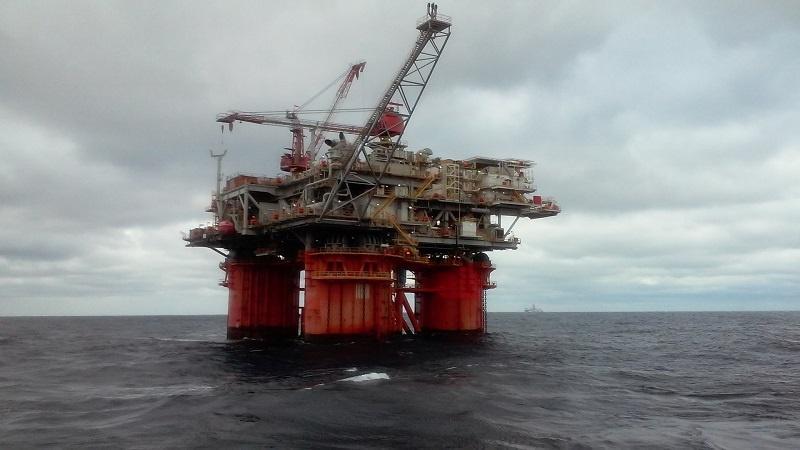

At this year’s Offshore Well Intervention Latin America 2022 (OWI LATAM) conference, South America’s leading offshore forum, Rafael Purificação, wells integrity lead at Trident Energy, will guide attendees through well integrity challenges in mature developments.
The conference will allow participants to access new regulations and innovative intervention technologies in order to develop best practice offshore strategies for production, integrity and P&A projects.
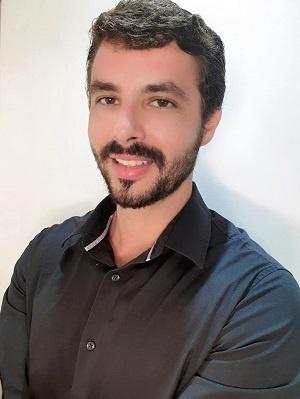
Adding his chapter to this exciting upcoming exhibition of expertise, Purificação will begin by comparing current monitoring and testing methods to ensure barrier verification for well integrity throughout Latin America. He will then establish the acceptance criteria for new technologies within the region to ensure that those looking undertake campaigns are equipped with the most effective toolbox possible.
Finally, the wells integrity lead will analyse the probabilistic quantitative approach to well integrity in mature fields to create standardised workover programmes before opening the floor for questions from the audience.
Purificação’s expert presentation will be one of many at OWI LATAM as it returns for its third year on the 18-19 October 2022 in Rio. Representing the annual meeting point for members of the offshore oil and gas community in South America, this is an opportunity not to be missed!
View the brochure here:
https://www.offsnet.com/latam/conference-brochure
Or reach out to the details below for more information:
Rachael Brand
Project Manager
T: +44 (0) 20 3409 3041
e:
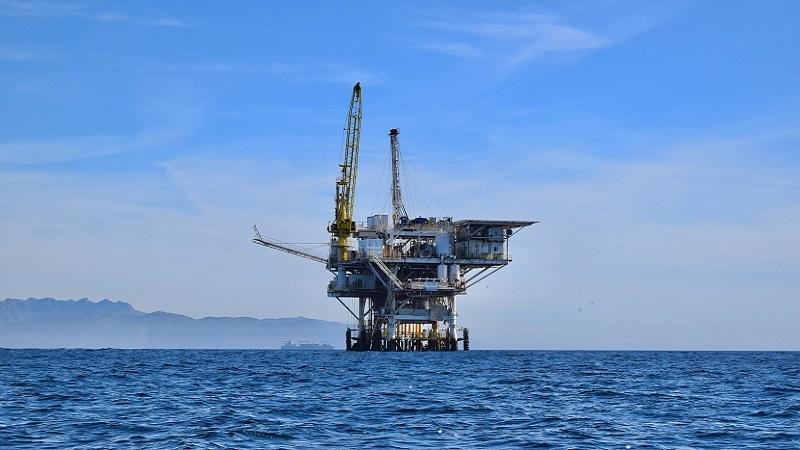

Ahead of the ‘decommissioning wave’ about to break on the Asia Pacific offshore community, the upcoming Decommissioning & Abandonment Asia Pacific Workshop 2022 (D&A APAC) will be exploring best practices around end of life management including an exclusive presentation from Kitti Kamkaew, Environmental Specialist for Chevron Thailand Exploration and Production Ltd.
Kamkaew will be surveying Thailand decommissioning practices and hazardous waste management lessons and will guide attendees through information on the Gulf of Thailand’s decommissioning progress before mapping out potential upcoming campaigns.

The Environmental Specialist will go into detail around Chevron Thailand’s offshore to onshore decommissioning waste management and will discuss lessons learned from dealing with hazardous waste in decommissioning processes.
Undoubtedly, some of the challenges Chevron Thailand have experienced will be felt by other operators looking to pursue their own campaigns in coming years. To learn about these and get the opportunity to pre-empt them ahead of time, be sure to attend D&A APAC.
To find out more, click here: https://events.offsnet.com/DAAPAC2024#/
Or reach out to the details below for more information:
Erin Smith
Global Accounts & Australasia Regional Manager
T: +64 (0) 289 900 118
E:
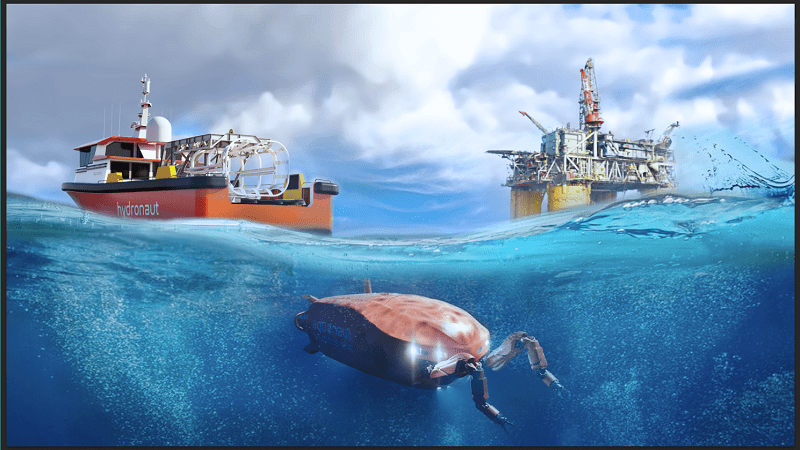

Nauticus Robotics, Inc., a developer of subsea and surface robotic services using autonomy software, has entered into an agreement with Shell to advance to the qualification phase for a more efficient means of acquiring subsea integrity data utilising Nauticus’ Aquanaut and Hydronaut robotic platforms.
The collaboration will enable Shell to add an advanced tool to its subsea asset integrity management lineup with the potential to improve subsea operations. Shell and Nauticus will collaborate with the industry’s leading inspection tooling service providers, to fully integrate into Nauticus’ robotic service solution.
An initial feasibility study for the phase-gated project was recently completed, and the team will now move onto the operational qualification phase, which focuses on remote operations of the robotic duo using supervised autonomy and tool control using Nauticus’ acoustic communication networking technology. The collaboration is targeting the preliminary work required for an offshore pilot project.
Todd Newell, SVP of Business Development at Nauticus, commented, “Working with a leading company such as Shell marks an exciting milestone for Nauticus, and this collaboration further validates the superior capabilities and extensive use cases of our robots across the energy sector. Implementing our supervised autonomous method – one that has proven more robust and dynamic than most of its kind – is expected to provide our partner and future customers more than 50% cost savings compared to today’s methods of operation.”
This collaboration will utilise the Nauticus’ flagship and fully electric subsea robot, Aquanaut, which is deployed from the company’s small surface vessel, Hydronaut –used for the transport, recharge, and communication for Aquanaut, among other tasks. Together, this robotic pair will function as a unified solution to bring a new means of conducting subsea work to the offshore services industry. Their inherent autonomous architectures will allow a transition to far more autonomous operations over conventional solutions.
“An exciting aspect of this project is the opportunity to combine the strengths of advanced inspection tooling with the advanced marine robotic capabilities developed by Nauticus Robotics,” said Ross Doak, Deepwater Robotics Engineer of Shell’s robotics team. “This project aims to fundamentally improve how we collect subsea facility data, through the combination of ‘AUV native’ tooling design, supervised autonomy, and recent improvements in remote communications.”
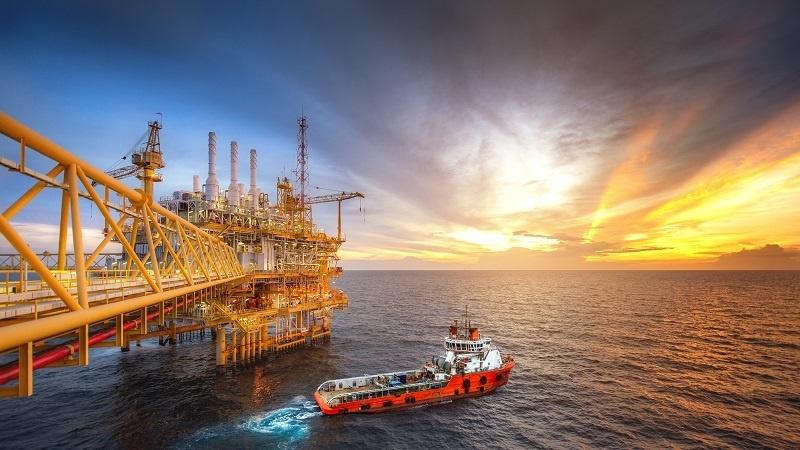

In an operations update, EnQuest has indicated that it is making good progress in its decommissioning project in the UK, North Sea.
EnQuest stated that the Heather and Thistle plug and abandonment (P&A) campaigns are progressing well with six wells completed at Heather and nine wells completed at Thistle. As a result, the group remains on track to complete the P&A of 16 wells at each installing in 2022.
In addition, the company noted that the tender processes for heavy lift vessels for Heather and Thistle topsides and jacket removals has concluded. Contracts to complete the scopes (scheduled for 2024 and 2025) are expected to be awarded in Q” 2022.
EnQuest also reported that, at the Dons, subsea infrastructure within the 500 metre zone is progressing as expected. Two phases were completed during the first half of the year and the final phase is scheduled for completion in August.


Logan Industries International Corporation, a machine designer, manufacturer, field service and repair company, has successfully delivered a unique, space saving coiled tubing (CT) reeler suite for OneSubsea.
Logan’s CT reelers are coiled tubing winches, where the reelers provide full torque control for the tubing without the need for a standard injector head. This reduces space required compared to standard tubing reeler / injection head combination, and allows for a larger fluid storage footprint on deck. When the equipment required to handle CT has a small footprint, more deck space can be dedicated to hauling fluid, which increases profitability for the operator.
This is the first unit Logan has delivered with a removable drum, which means the unit footprint can remain static on the vessel while the drums can be taken to a shore base for unspooling and respooling. They are transported in a purpose-built DNV lift rated drum basket, fully secured and protected. The swap out drum also makes the machine faster to build, reducing typical assembly time for the drum and drive train from two weeks to two days.
At 15,000 psi working pressure, 10,000 feet of 2 in. CT was provided on the drum, with live swivel and isolation valves on the unit. The suite of equipment provided for this work includes a spare drum, adapter to allow it to fit into most tubing service spoolers at the tubing manufacturer’s facilities, transport basket and lifting set along with the reeler, HPU, control stand and interconnect lines. Logan also provided a purpose-built overboarding platform with a translating / clamshell to accommodate OneSubsea’s unique end connection philosophy.
Dean Carey, Technical Director, Logan, commented, “We placed a work deck, dimple connector, test tool, controls and safeguards on this overboarding platform to give the crew plenty of access to the volume of space under the overboarding point. The overboarding platform also provided a reeler deck loading spreader effect on the vessel’s deck. We believe this is truly the next evolution in coiled tubing deployment offshore, and provides significantly more convenience for our customers. This is one of the most comprehensive reeler equipment suites Logan has had the pleasure to provide, and we expect it to remain in service for quite some time.”
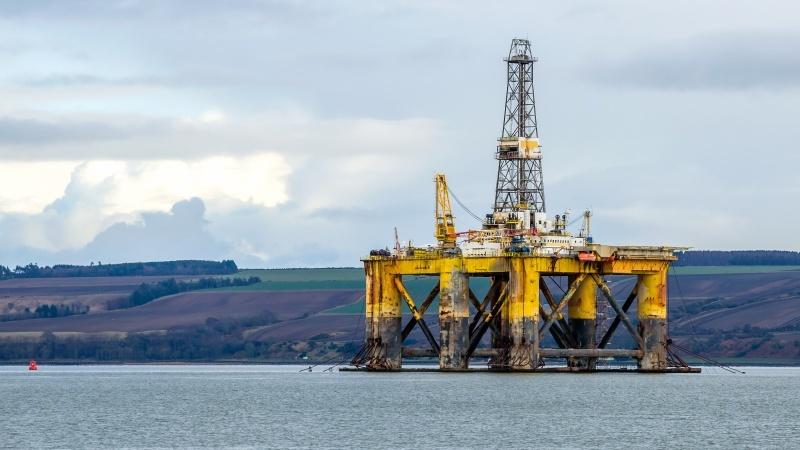

Yerasimos Angelis, Managing Director of GA R&D Ltd., will be presenting a case study at the OWI MED 2022, which will take place in Athens, Greece on 20 September 2022.
He will speak about the highlights from over 300 U-line runs where this market-leading technology has reduced the cost and carbon impact of well intervention operations across the globe, including the North Sea.
The MD will explore U-line technology and how it can reduce cost and carbon impact of well-intervention. Along with demonstrating how the technology has improved the scope of well interventions that operators can achieve within budgets, he will also analyse how the services run on; slickline, e-line and fiber deployment.
The hottest talking points within the Mediterranean and North Africa region, along with the latest well intervention intelligence from the region will be discussed at the event.

Reach out to the details below:
Joseph Watson
Project Manager
T: +44 (0) 20 3409 5720
e:
Page 76 of 113